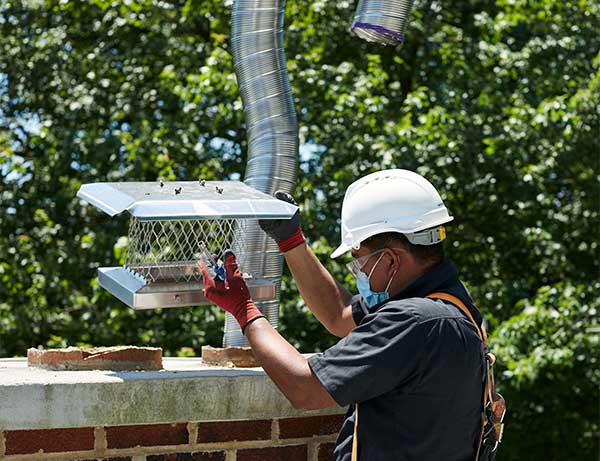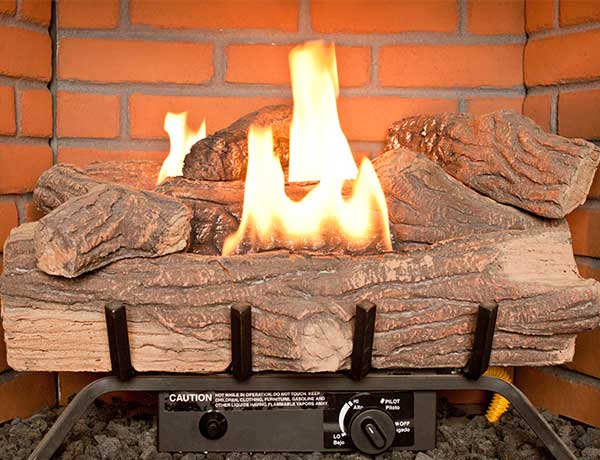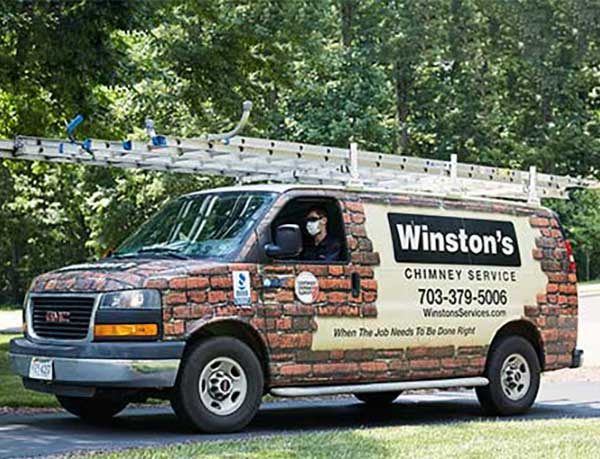Warming up your home with a cozy fire has been a tradition for hundreds of years. Did you know the first gas fireplace is estimated to have been introduced as early as 1895? This was shortly after the introduction of the first cast iron inserts and they were essentially just stand-alone gas burners that could be moved around.
Later, thanks to the Clean Air Act in 1956, gas fireplaces quickly became a popular choice for heating your home. Since then, technology has greatly improved the realistic look of the flame and increased energy efficiency. Even today, people still appreciate gas fireplaces for many reasons including being environmentally friendly, aesthetically pleasing, and overall convenient and easy to use.
If you live in an area that experiences winter, like here in Northern VA, and your home lacks a fireplace, you might be bummed to not be able to enjoy gathering around a warm fire on a cold night.
The good news is that a gas fireplace can be installed essentially anywhere.
The good news is that a gas fireplace can be installed essentially anywhere. This is because gas fireplaces have more flexible installation requirements, so you can install them on just about any interior or exterior wall.
What Are The Different Types of Gas Fireplaces?
When it comes to gas fireplaces, there are three types to consider. Each is different in their features and requirements for installation. The three types of gas fireplaces include:
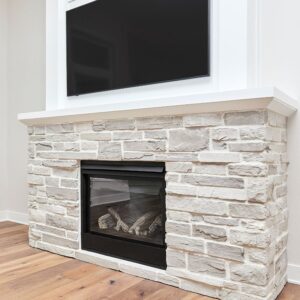 Direct vent: This type of gas fireplace is the only one that is required to have a vent to be installed on an exterior wall or roof. That is because the venting system consists of a double-walled pipe that functions as both an intake for fresh air and an exhaust for combustion gases. By installing on an exterior wall or through the roof, it’s easier to minimize the distance and complexity of the venting path.
Direct vent: This type of gas fireplace is the only one that is required to have a vent to be installed on an exterior wall or roof. That is because the venting system consists of a double-walled pipe that functions as both an intake for fresh air and an exhaust for combustion gases. By installing on an exterior wall or through the roof, it’s easier to minimize the distance and complexity of the venting path.- Vented gas logs: These are designed to mimic the appearance of a real wood-burning fireplace and are most often placed directly into an existing fireplace. It is possible to install a new chimney specifically for vented gas logs. However, it is the most complex and expensive option.
- Vent-free gas logs: The easiest way to vent a fireplace without an existing chimney or vent system is to go vent-free. With this ability, you are essentially able to install a vent-free fireplace anywhere in your home. That said, when it comes to vent-free (or ventless) fireplaces, you will want to take extra precautions because, instead of fumes being pushed outside of your home via the chimney or other vent system, they are pushed inside your home. So be sure to consider installing an additional carbon monoxide detector near the fireplace.
What Are the Pros to Installing a Gas Fireplace?
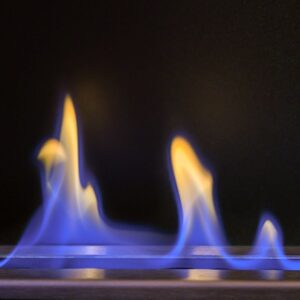 Low maintenance: No need to worry about cleaning ash.
Low maintenance: No need to worry about cleaning ash.- Efficient heating source: Natural gas or propane burns more efficiently and cleanly compared to wood. Gas fireplaces also produce a radiant heat, which warms your home better and faster.
- Easy and convenient: With the click of a button, you have heat! No building fires or hauling wood needed.
- No burning restrictions: Did you know some states put into effect burn bans on days when air quality is poor or there is a high fire danger? You don’t have to worry about that with a gas fireplace.
- Safety: Gas fireplaces don’t produce sparks, flying embers, ash, or creosote – so, this greatly reduces your risk of accidental fires.
While gas fireplaces have many benefits, it’s also worth mentioning just a few of the potential drawbacks to installing a gas fireplace.
What are the cons of gas fireplaces?
- Less picturesque: Some people prefer the look, feel, sound, and smell of a real wood burning fireplace.
- Carbon monoxide risk: If a gas fireplace isn’t installed, operated, or maintained correctly, you could increase the risk of carbon monoxide poisoning. That’s why it’s important to have your gas fireplace inspected and serviced on a regular basis.
- Cost of fuel: While gas fireplaces are more efficient, the price of heating a home with natural gas or propane can be more expensive.
Call Us Us for Quality Installation Services
Now that you’ve gotten a more in depth understanding of gas fireplaces, are you interested in talking with a certified technician about your gas service and fireplace needs? Let us know! At Winston’s Chimney Services, we provide our customers with many options, and we’re happy to answer your questions.
Call us today at 703-379-5006 or book an appointment online.

